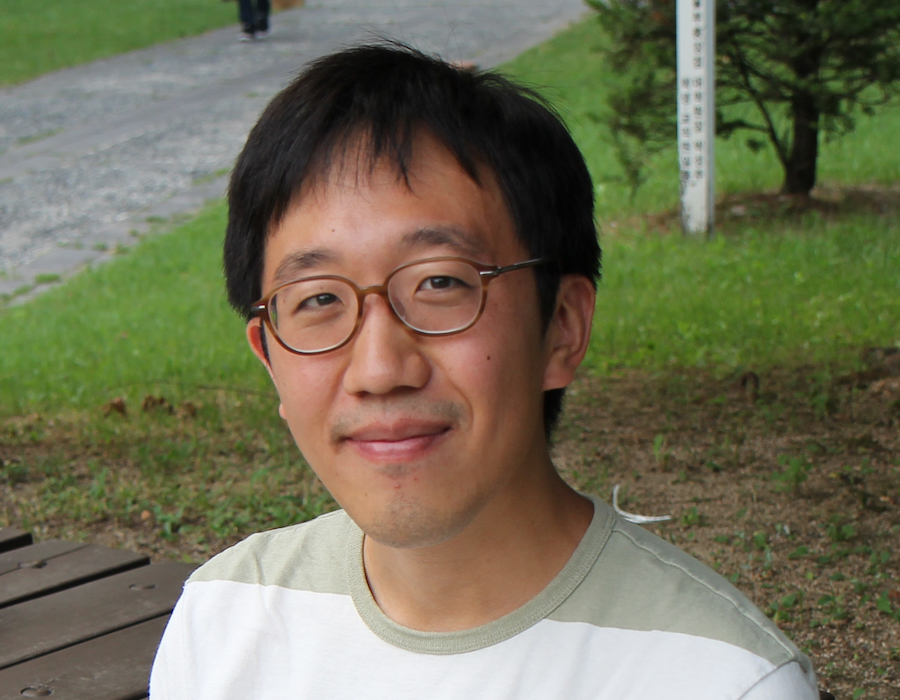Göran Gustafsson symposium in Mathematics 2022
The Göran Gustafsson lectures in Mathematics, May 30–June 1, 2022 are given by professor June Huh from Princeton University. June Huh has made several recent breakthroughs in combinatorics using ideas from geometry leading to the development of combinatorial Hodge theory. This year, the lectures by June Huh are combined with a symposium at Institut Mittag-Leffler on the interactions between Hodge theory and combinatorics of matroids.

June Huh received his PhD in mathematics from University of Michigan in 2014. After finishing his PhD, he was a Clay Research fellow at Princeton University and the Institute of Advanced Studies. He was an invited speaker at the International Congress of Mathematics in 2018 and received the New Horizons in Mathematics Prize in 2019 for his joint work with Karim Adiprasito and Eric Katz on combinatorial Hodge theory. In 2021, he received the Samsung Ho-Am Prize in Science. He is currently a professor at Princeton University.
June Huh is giving the Göran Gustafsson Lectures in Mathematics 2022. His first lecture is on May 30 in the Oskar Klein Auditorium at Albanova at 10 am and is directed towards a general audience. In addition, this year the lectures are part of a Göran Gustafsson Symposium with research talks at Institut Mittag-Leffler. For more information, see Göran Gustafsson Symposium 2022 .
The work of June Huh combines ideas from geometry and topology with combinatorics. Already during his PhD he made significant contributions by settling Read's conjecture from 1968 on the log-concavity of the coefficients of chromatic polynomials of graphs using ideas from singularity theory. Together with Eric Katz, he also settled the conjecture of Heron–Rota–Welsh on log-concavity of the characteristic polynomial of realizable matroids in 2012. A few years after his PhD he wrote the seminal paper Hodge theory for combinatorial geometries (Ann. of Math., 2018) together with Karim Adiprasito and Eric Katz for which he was awarded the New Horizons prize mentioned above. In this paper the conjecture of Heron–Rota–Welsh is settled in full generality. Instead of employing Hodge theory in algebraic geometry and topology to geometric objects coming from combinatorics, they develop a Hodge theory for combinatorial objects (matroids) and prove the main theorems in Hodge theory for their new theory. For an introduction to their proof of the Heron–Rota–Welsh conjecture, see their article Hodge theory of matroids in the Notices of the American Mathematical Society.
In more recent work, June Huh, together with Petter Brändén, introduced Lorentzian polynomials, again inspired by Hodge theory, and settled the ultra-log-concavity conjecture of Mason. Together with Braden, Matherne, Proudfoot and Wang, he has also introduced a combinatorial version of intersection cohomology, settled the top-heavy conjecture of Dowling–Wilson and proved the non-negativity of coefficients of matroid Kazhdan–Lusztig polynomials.
The career path of June Huh has been quite unusual and the marvelous story of how he became a mathematician is shared in the article A Path Less Taken to the Peak of the Math World in Quanta Magazine.
Text: David Rydh
